The End of Apartment No. 50
A certain Moscow institution
This building is obviously the headquarters of the secret service on Lubyanka square in Moscow. In Bulgakov's time, the square was called Dzerzhinsky Square, after Felix Edmundovich Dzerzhinsky (1877-1926), the first director of the Cheka.
Cheka comes from ЧК which is short for Всероссийская чрезвычайная комиссия по борьбе с контрреволюцией и саботажем or the All-Russian Extraordinary Commission for Combating Counter-Revolution and Speculation. It was the first of many successive organisations for State security. Bulgakov never refers to the secret service by name, and almost never uses a noun for its agents. That the windows are «ominously lit through the night» may be a reference to Stalin's famous all-night vigils.
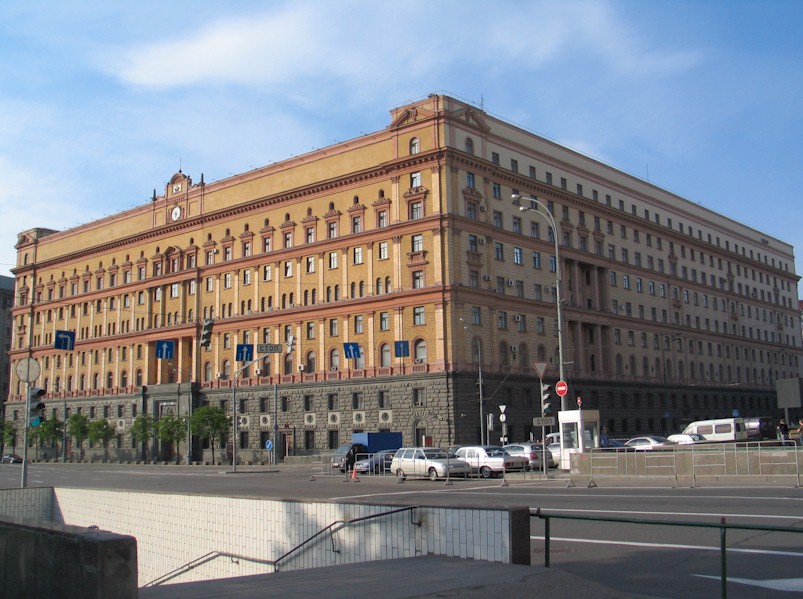
The notorious building on Lubyanka square
You can read more on the secret service in the section Social and Cultural Context of this website by clicking the arrow below.
A house by the Kamenny Bridge
According to Bulgakov, Sempleyarov lives at the Каменный мост [Kamenny Most] or Stone Bridge in the Дом на набережной [Dom na Naberezhnoy] or House on the Embankment. This complex was built at the Moscow river bank in 1928-1931 by architect Boris Mikhailovich Yofan (1891-1976). There is a theatre, a movie theatre, two big department stores and a museum. In the Soviet period it had also apartments for the party elite.
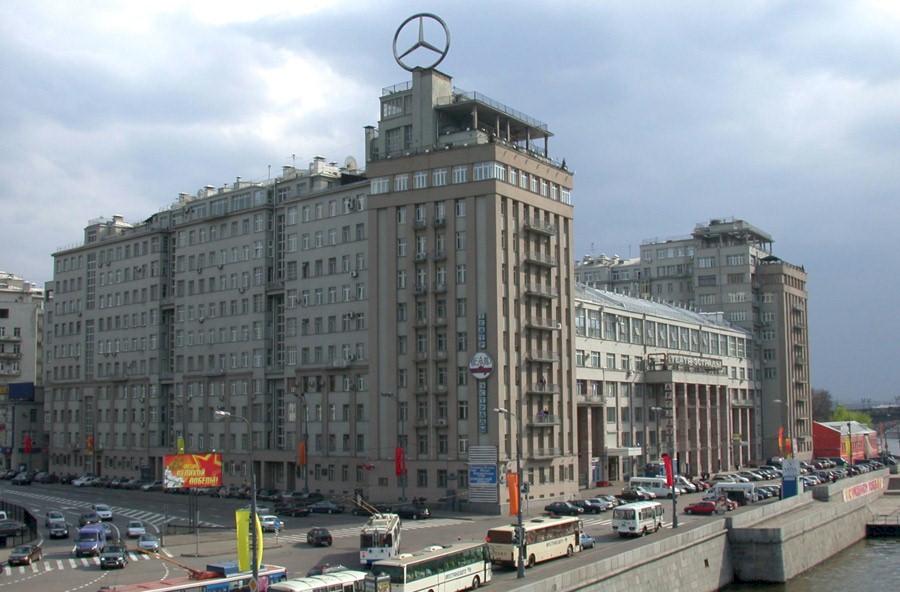
The House on the Embankment
You can read more on the House on the Embankment in the section Locations of this website by clicking the arrow below.
The expulsion of his Saratov niece
In chapter 12, during Woland’s show at the Variety Theatre, the «promising debutante» Militsa Andreevna Pokobatko was described as «a distant relation» who had come from Saratov and was living in the apartment of Arkady Apollonovich and his wife. In this chapter, she is defined as «his Saratov niece» and she has been expulsed from the apartment after «a night’s scandal» following the seance of Black Magic - and its exposure.
Probably she was sent back to Saratov, which reminds to Горе от ума [Gorye ot uma] or Woe from Wit, the play written by Alexander Sergeevich Griboedov (1795-1829), in which Pavel Afanasievich Famusov, the father, threatened his daughter Sofia Pavlovna to send her «to the village, to auntie, to the backwater, to Saratov!»
The messenger Karpov?
I don’t know (yet) if there exists a real prototype for this character. The word карп [karp] means carp.
Kitaitsev
For Kitaitsev, the head of the programme department of the Spectacles Commission I don’t know (yet) neither if there exists a real prototype. The word кит [kit] means whale and Russian words starting with китай [kitay] usually refer to something Chinese.
The one who headed the investigation
Again Bulgakov is careful not to call names when he presents agents of the secret police. He will persist in it further through this chapter.
Astoria Hotel
The Astoria Hotel at the Saint-Isaac square in Saint-Petersburg, where Bulgakov and his wife used to stay when they were in Leningrad, was built in 1910-1912 and designed by Russo-Swedish architect Fyodor Lidval (1870-1945). It was one of the best hotels in the city before the 1917 revolution. It became a hotel for the elite and foreigners after. It is said that Bulgakov himself preferred to be in room 412 when he went to Leningrad.
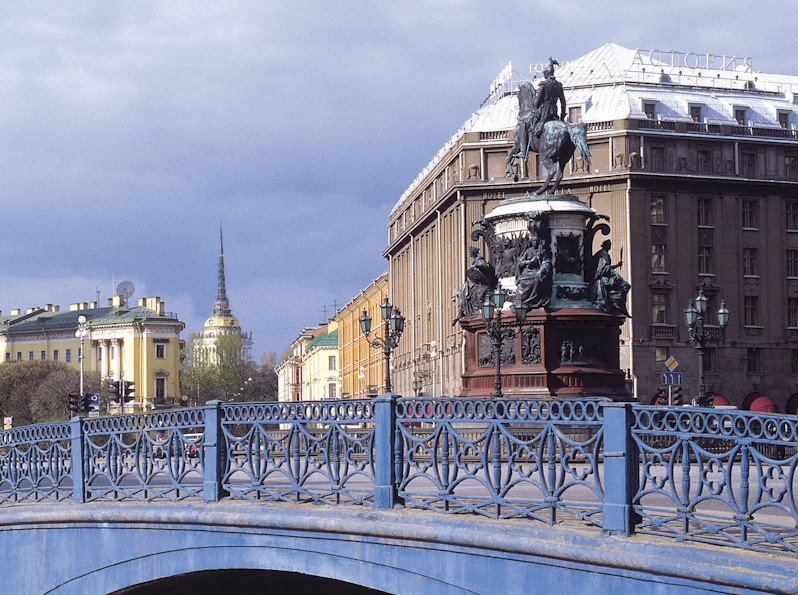
The Astoria Hotel in Saint-Petersburg
Ivanushka
Almost everywhere in The Master and Margarita, Bulgakov uses the pseudonym Bezdomny to talk about Ivan Nikolaevich Ponyrev. But in this chapter he’s called Ivan, or even Ivanushka. It symbolizes the childlike powerlessness that Ivan seems to undergo in this phase of the novel.
A tall sheepskin hat, a Georgian felt cape over a nightshirt, and blue leather bedroom slippers
The English translators Pevear and Volokhonsky describe quite accurately how Stepan (Styopa) Bogdanovich Likhodeev is dressed when he returns from the Crimea, but it’s a pity that his clothes are not indicated by their original Russian names. The sheepskin hat is a Caucasian fur cap, a папаха [papakha], and the Georgian felt cape is a cossack’s cape, a бурка [burka].
Styopa’s clothes are rather strange for someone returning from the Crimea, but this may be the result of the many versions that Bulgakov made of the novel, and the lack of a completed authorial text. In one of the previous versions of the novel Styopa was indeed sent to Vladikavkaz in the Caucasus, where sheepskin hats and Georgian felt capes are normal.
He did not remember, drank starka somewhere
Starka is старка водка [starka vodka]. The Polish starka vodka is called the «most noble» and the «most mysterious» of all Polish vodka’s, and the recepy is more than 500 years old. But there exists a Russian starka as well, and that’s a kind of cocktail made of white vermouth or white port with cognac, sugar and petals of fruit trees.
A good drink of benzene
With Behemoth drinking benzene, Bulgakov makes a reference to the reality of the 1920s. Struggling with the state liquor monopoly, people often drank самогон [samogon], which were distilled spirits that were generally produced illicitly from corn. If no corn was available, they sometimes drank бензоконьяк [benzokonyak], which is a rather flattering contraction of бензол [benzol] or benzene and коньяк [konyak] or cognac. Benzokonyak was made from gasoline to which different spices were added.
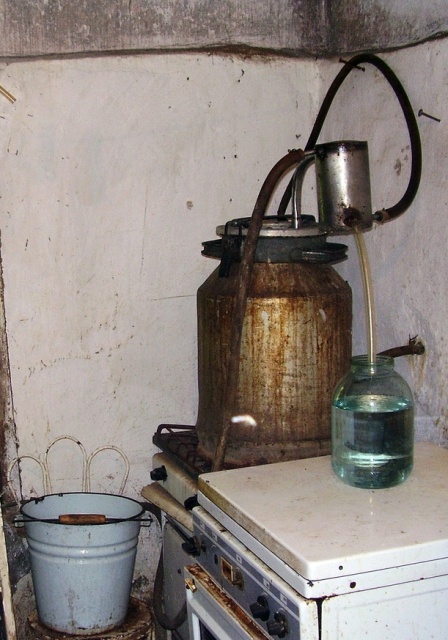
A samogon installation in Krasnodar

All films based on The Master and Margarita have been subtitled by your webmaster in English, French, Dutch, German, Spanish and Italian. Click on the images below to find them.
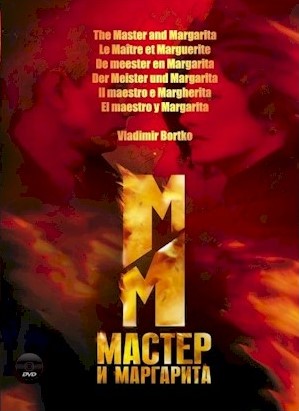 |
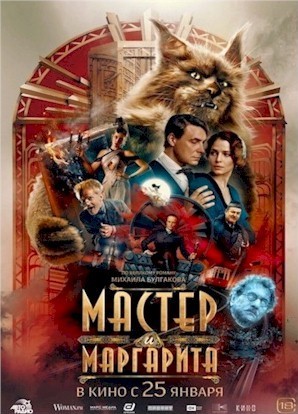 |
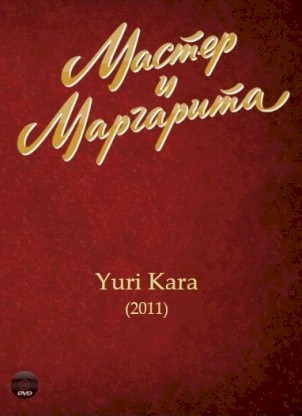 |
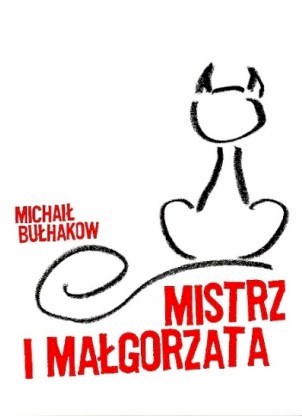 |
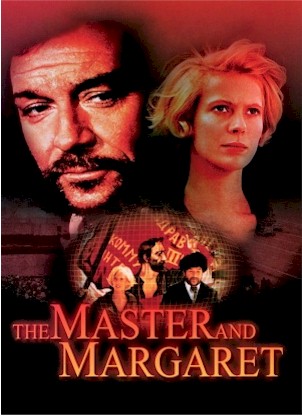 |
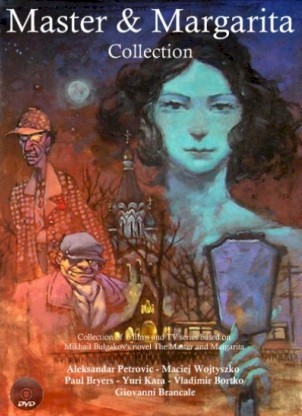 |






